Simple stone case: Sadie
Discover this patient’s stone management journey developed in collaboration with procedural experts. Gain valuable procedural knowledge and insights into our cutting-edge HPB solutions, spanning from pre-procedure preparations to a seamless recovery process.
Start of symptoms
Sadie Safir, an 87-year old woman, was admitted to the emergency room for assessment, following progressively worsening epigastric pain (over 72 hours), as well as nausea, and vomiting.
Blood and liver function tests results:
- Elevated bilirubin: 3 fold higher than the upper limit of normal levels.
- Abdominal ultrasound revealed: Dilated bile duct (15mm)
- Colelitiasis: two stones seen in the common bile duct (~ 9mm and 7mm)
Sadie was then referred to a gastroenterologist for further assessment and treatment, following which she decided to undergo an ERCP procedure for gallstone removal.
Sadie’s treatment

Following sedation and anaesthesia to minimize discomfort, the nursing team prepared the duodenoscope by attaching the AutoCap™ RX, which is equipped with an integrated biopsy cap and guidewire locking device. This facilitates physician-controlled placement of the guidewire, as well as device exchanges.
Procedural benefits include:
- One-step scope set-up
- Reduction of biomaterial leakage
- Maximised suction abilities
- Maintained insufflation, which saves time and enhances ease of use.
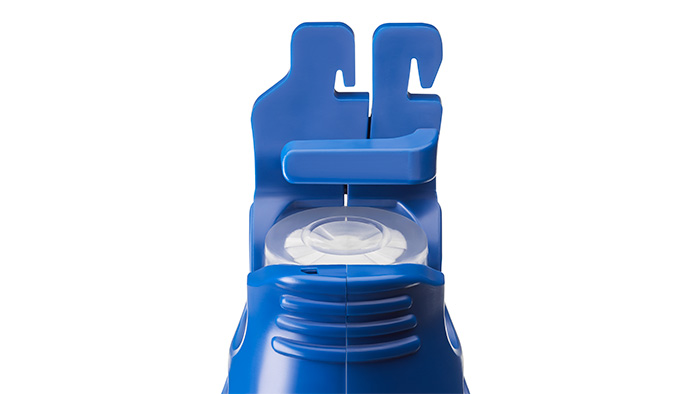
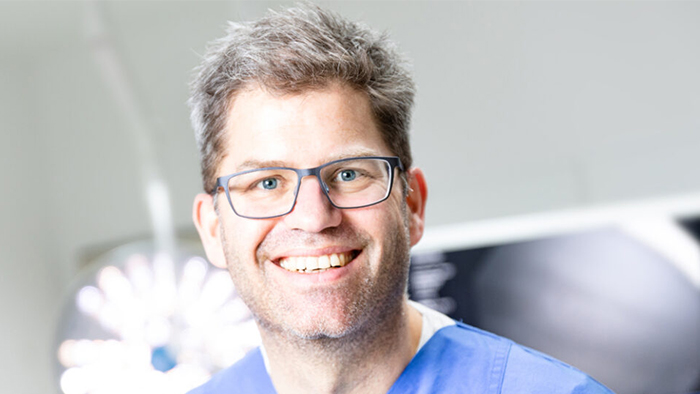
“As you see normally, I’m spilled with bile and fluid all over my coat and I am here completely clean. I guess that’s the best proof of how good it works.” - Prof. Mark Ellrichmann
Sadie’s gastroenterologist then performed a sphincterotomy. For this they used the Dreamtome™ RX Preloaded Sphincterotome and wire-guided cannulation technique to successfully access the bile duct.
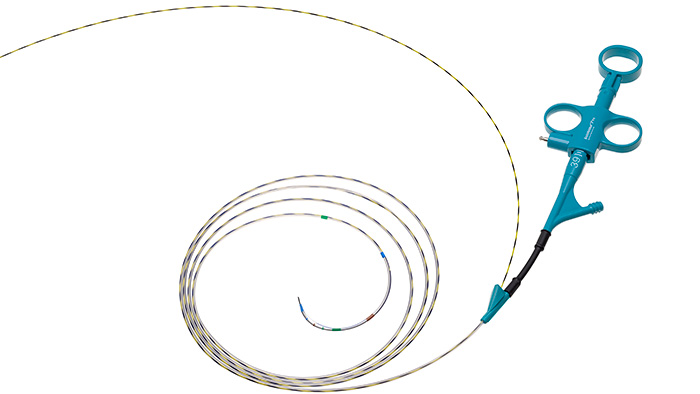
The sphincterotome was removed and a 9-12mm Extractor™ Pro RX-S Retrieval Balloon was loaded over the wire and passed into the bile duct.
The balloon was inflated to 12mm and pulled through the ampulla to confirm that the sphincterotomy was of adequate size to extract the stones.
Once sphincterotomy sizing was confirmed the bile duct was trawled three times and both stones were successfully extracted.
These are used to remove stones from the biliary system or to facilitate the injection of contrast medium while occluding the duct with the balloon.
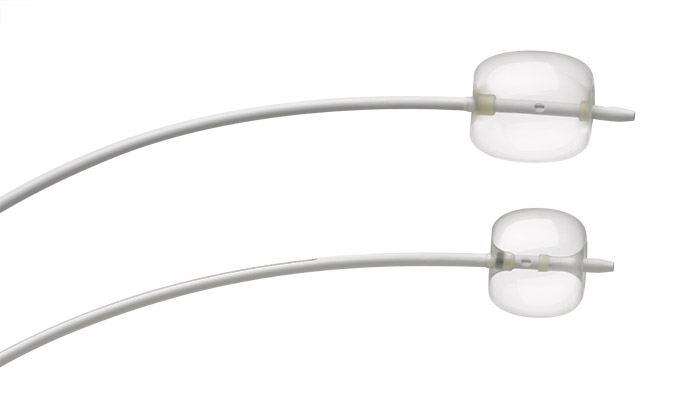
This device could have been considered in case of unsuccessful balloon extraction. The basket tip disengages to facilitate basket removal if the stone does not break.
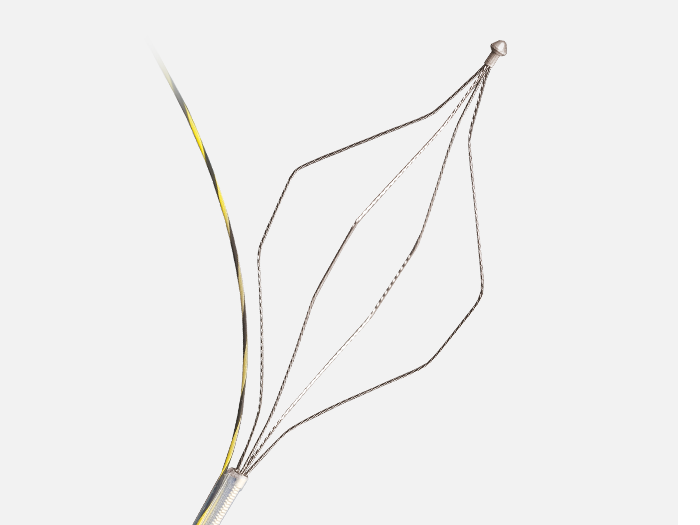
The end of Sadie’s discomfort

Sadie underwent the procedure without any complications and was kept under observation in the hospital overnight.
Upon having the stones removed, Sadie was finally able to experience a sense of relief from her discomfort, and she expressed gratitude towards her medical team for their expertise and care.
The endoscopist will now confer with their multidisciplinary colleagues to evaluate whether a cholecystectomy may be appropriate for Sadie in order to reduce the risk of recurrent biliary events.
















